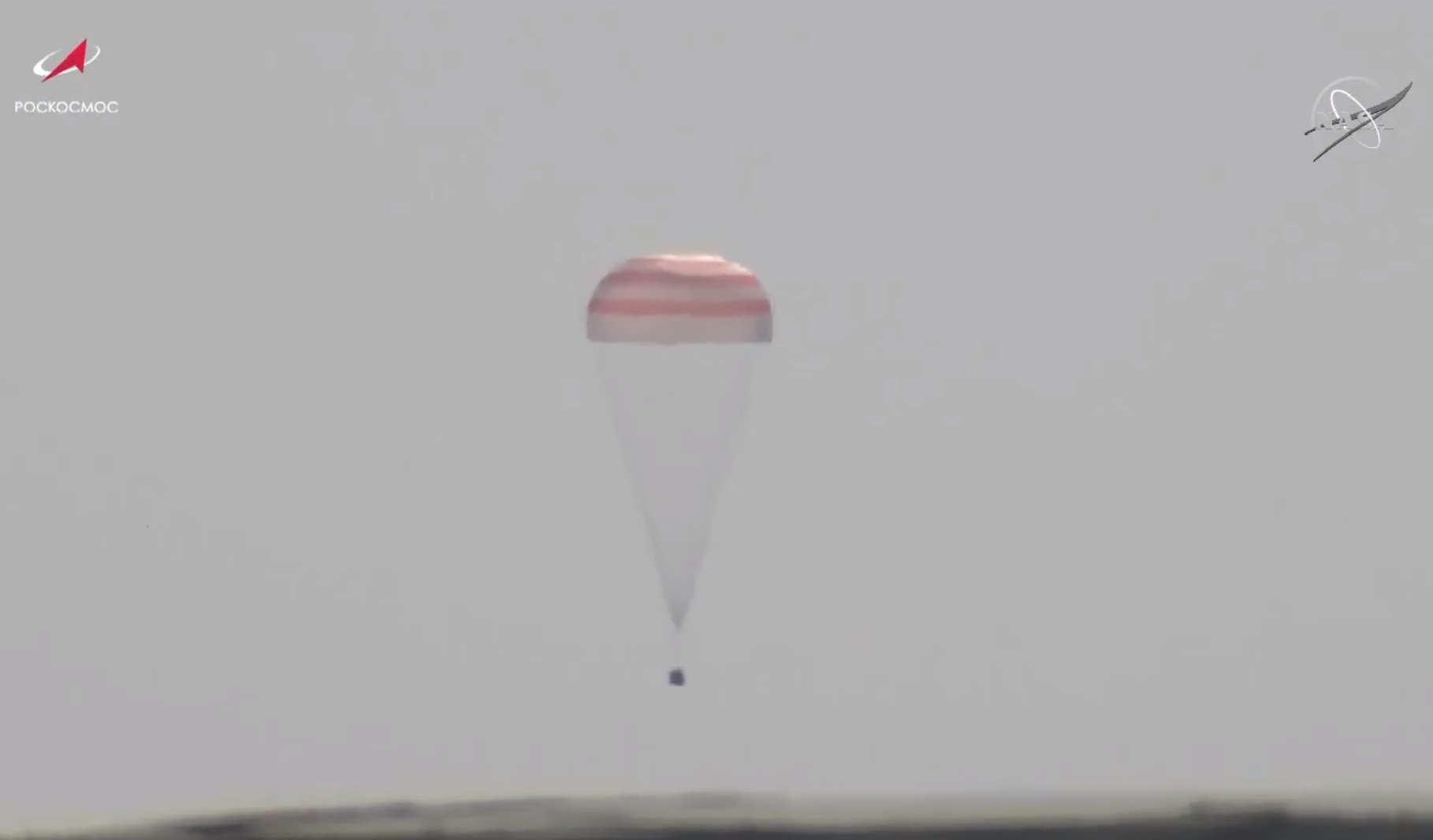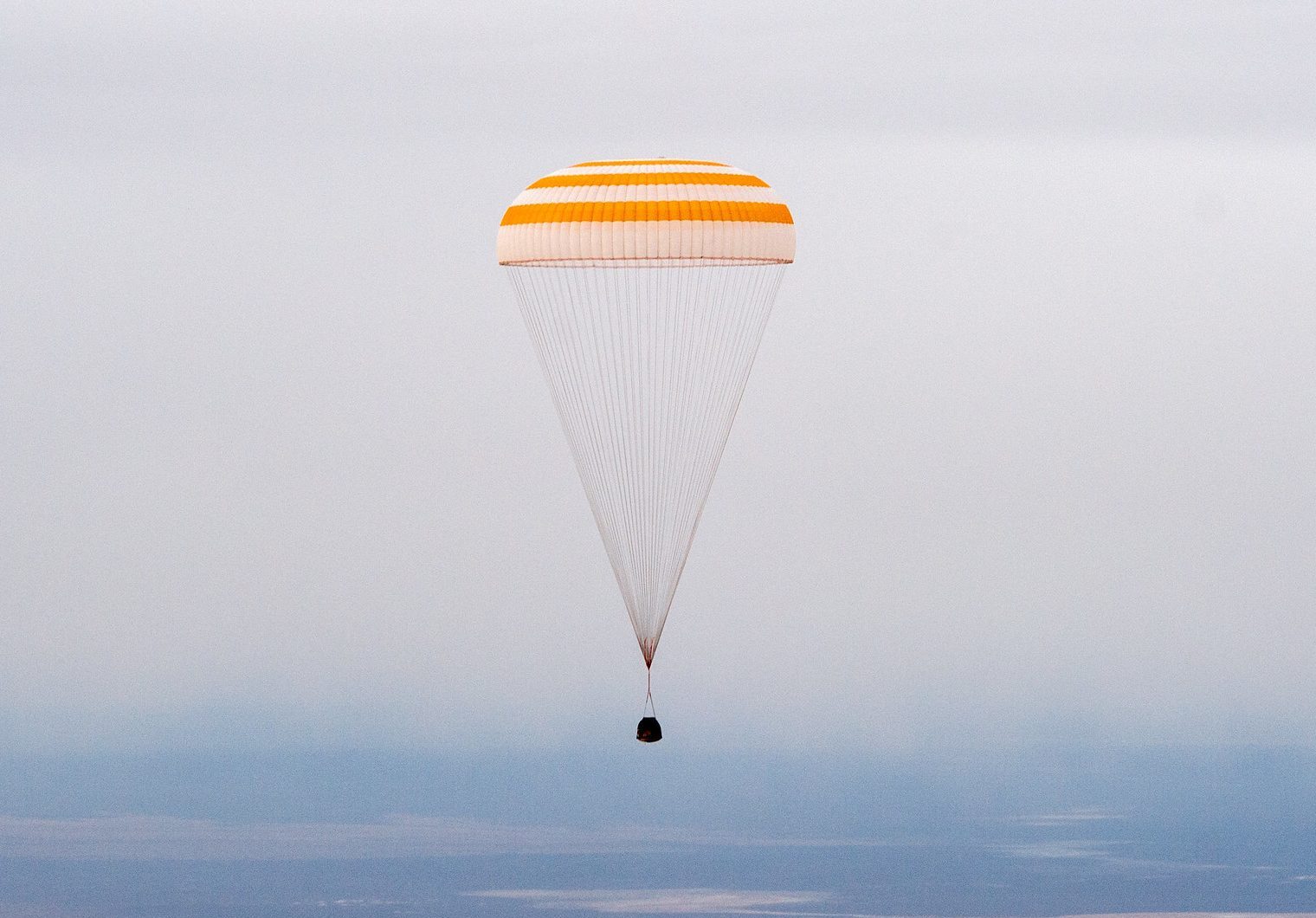In March 2021, NASA ground controllers used the International Space Station’s robotic arm to release a cargo pallet containing aging nickel hydride batteries from the space station following the delivery and installation of new lithium-ion batteries as part of power upgrades on the orbital outpost. The total mass of the hardware released from space station was about 5,800 pounds.
The hardware was expected to fully burn up during entry through Earth’s atmosphere on March 8, 2024. However, a piece of hardware survived re-entry and impacted a home in Naples, Florida. NASA collected the item in cooperation with the homeowner and analyzed the object at the agency’s Kennedy Space Center in Florida.

As part of the analysis, NASA completed an assessment of the object’s dimensions and features compared to the released hardware and performed a materials analysis. Based on the examination, the agency determined the debris to be a stanchion from the NASA flight support equipment used to mount the batteries on the cargo pallet. The object is made of the metal alloy Inconel, weighs 1.6 pounds, is 4 inches in height and 1.6 inches in diameter.
The International Space Station will perform a detailed investigation of the jettison and re-entry analysis to determine the cause of the debris survival and to update modeling and analysis, as needed. NASA specialists use engineering models to estimate how objects heat up and break apart during atmospheric re-entry. These models require detailed input parameters and are regularly updated when debris is found to have survived atmospheric re-entry to the ground.
NASA remains committed to responsibly operating in low Earth orbit, and mitigating as much risk as possible to protect people on Earth when space hardware must be released.
Learn more about station activities by following the space station blog, @space_station and @ISS_Research on X, as well as the ISS Facebook and ISS Instagram accounts.
Get weekly updates from NASA Johnson Space Center at: https://roundupreads.jsc.nasa.gov/
Get the latest from NASA delivered every week. Subscribe here: www.nasa.gov/subscribe








